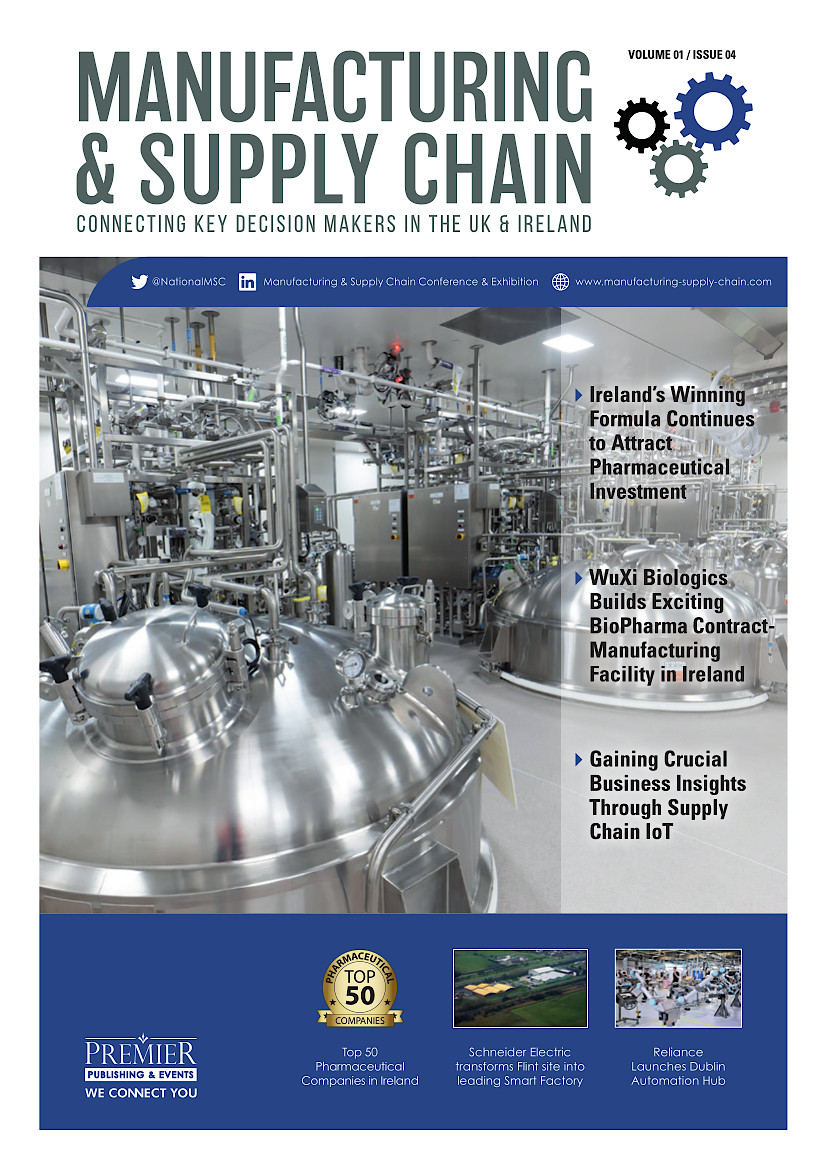EU Reaches Agreement on First Key Measures of Banking Reform

The European Parliament, the Council and the Commission have agreed on elements of the review of the Bank Recovery and Resolution Directive (BRRD) and of the Capital Requirements Regulation (CRR) and Directive (CRD) proposed in November 2016, an important piece of the Commission’s ongoing work to reduce risk in the banking sector and in line with the efforts to complete the Banking Union, as set out in the Commission’s Communication of 11 October 2017.
The agreement on the BRRD creates a new category of unsecured debt in bank creditors’ insolvency ranking. It establishes an EU harmonised approach on the priority ranking of bank bond holders in insolvency and in resolution. The agreement on the CRR/CRD implements the new International Financial Reporting Standard (IFRS 9). This will help mitigate the impact of IFRS 9 standards on EU banks’ capital and ability to lend. It will also avoid potential disruptions in government bond markets that would result from rules limiting large exposures to a single counterparty.
Valdis Dombrovskis, Vice-President responsible for Financial Stability, Financial Services and Capital Markets Union, says: “The agreements are the first deliverables of our banking risk reduction package. First, harmonised rules for bank bond holders in a situation of insolvency gives banks clarity for building up buffers to absorb losses and protect taxpayers. It is a key step towards complying with the global standard on Total Loss-Absorbing Capacity (TLAC). This measure will also enhance the effectiveness of bank resolution processes. The second agreement gives banks more time to adjust to the introduction of the new accounting standard IFRS 9 and to the expiry of certain exemptions from the large exposure limits, thereby avoiding disruption in lending and in government bond markets.“
The agreement on the harmonised rules on the priority ranking of bank bond holders in insolvency and in resolution facilitates a more efficient path towards banks’ compliance with the TLAC standard that should apply from 2019 onwards, as agreed in the Financial Stability Forum. In addition, by providing greater legal certainty for both issuers and investors and reducing the risk of legal challenges, these harmonised rules will facilitate the application of the bail-in tool in resolution.
The new IFRS 9 accounting standards aims to address concerns that arose during the financial crisis by improving the loss provisioning of financial instruments. Such standards may lead to a significant increase in the provisions that banks have to make for loan losses. Today’s agreement on a five-year phase-in period will allow banks to add back to their capital part of the increase in loan loss provisions. This will limit the potential negative impact on bank lending. Today’s agreement also introduces a new transitional arrangement for large exposure limits in prudential rules. Banks with large holdings of government bonds not denominated in a domestic currency will have more time to adjust to the rules.
Next Steps
The political agreements will be followed by further technical talks to finalise the text. The Permanent Representatives Committee (COREPER) of the Council of Ministers is expected to endorse the agreement ahead of the European Parliament’s plenary vote. The text needs to be in place by the beginning of 2018.
Background
In November 2016 the European Commission adopted a comprehensive package of reforms (‘EU banking reform package’) to further strengthen the resilience of EU banks reforms (IP/16/3731 and MEMO/16/3840). This contained, among others, proposals to harmonise the position of bank bond holders in the creditors’ hierarchy in insolvency and in resolution. The Commission proposed to create a new statutory category of unsecured debt available in all EU Member States which ranks just below the most senior debt and other senior liabilities, while still being part of the senior unsecured debt category (only as an un-preferred tier senior debt). The solution agreed by the European Parliament and the Council retains the key elements of the Commission’s proposal.
The banking reform package also included proposals to introduce transitional arrangements to help mitigate the impact of the introduction of IFRS 9 on banks’ capital and to avoid potential disruptions in government bond markets due to the expiry of the transitional period for sovereign exposures.
Given the need for the new transitional arrangements enter into force at the beginning of 2018, the European Parliament and the Council agreed to spinoff those provisions from the rest of the package and adopt them through a faster procedure.
The solution agreed by European Parliament and the Council on IFRS 9 builds on the Commission’s proposal. The phasing-in period will provide an opportunity to observe possible pro-cyclicality effects of the revised credit loss approach. At the international level it will also allow more time to agree on a fully-harmonised prudential treatment of the expected credit losses under IFRS 9 and the revised US Generally Accepted Accounting Principles (GAAP) standard on financial instruments which will enter into force in 2020.
For large exposures, the solution agreed by co-legislators provides for a grandfathering clause (i.e.: all exposures incurred before a pre-determined cut-off date will be exempted from the large exposures limits); and a phase-out period (all exposures after the pre-determined cut-off date will be progressively subject to the full large exposure limits).




















